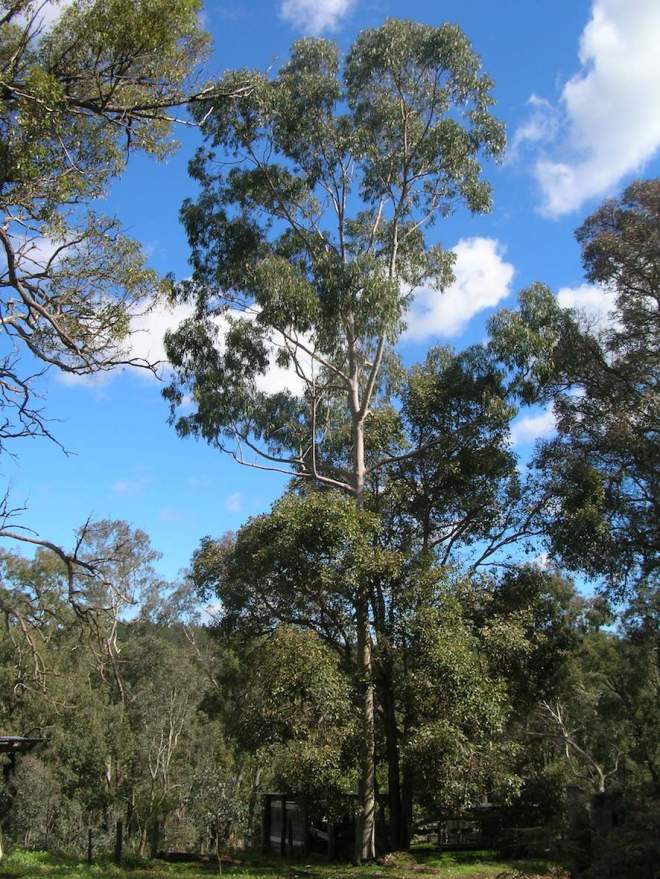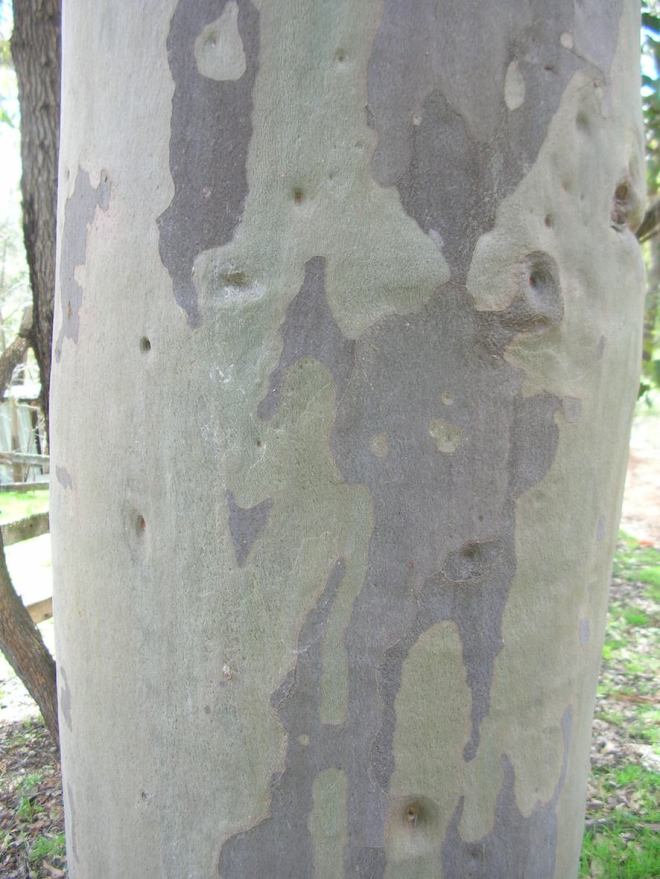I just realised: a week has gone by and I haven’t posted about a plant…what!?
Mostly because it’s been raining (oh, my has it been raining) and I was doing some work (the agony) and I’ve been having identity issues (plant ones, not personal…well, not personal ones that impinge on my ability to appreciate plants…I am getting ready to move on though, which does involve a certain degree of detachment; eight days to go, see I can count them.)
So, I’m falling back on reserves…this is corymbia citriodora:

I first spotted it when I was photographing the C. callophylla (Marri) beside it. I couldn’t ID it at the time, despite Ivan Holliday (I discovered this week he was a successful sportsman before becoming a plant guru) and Geoffrey Walton’s “Gardener’s Companion to Eucalypts”. They have an “identify your eucalypt” section…it’s a bit arcane. Luckily Debbie, who’s nursery I’m caretaking, told me what it is via FB.

Beautiful tree. Comes from a small area of Queensland and is adaptable to all sorts of soils and climates. The leaves contain citronella oil, hence the name. They do smell nice, although at this scale, it’s not so easy to get close to them! Holliday and Walton reckon they grow to up to 45m. I’d say this one is close to that?
Apparently it’s notorious for dropping limbs unexpectedly in heavy winds…ouch.
Here’s it’s bark:

Right, that’s three down, 297 to go. 🙂
